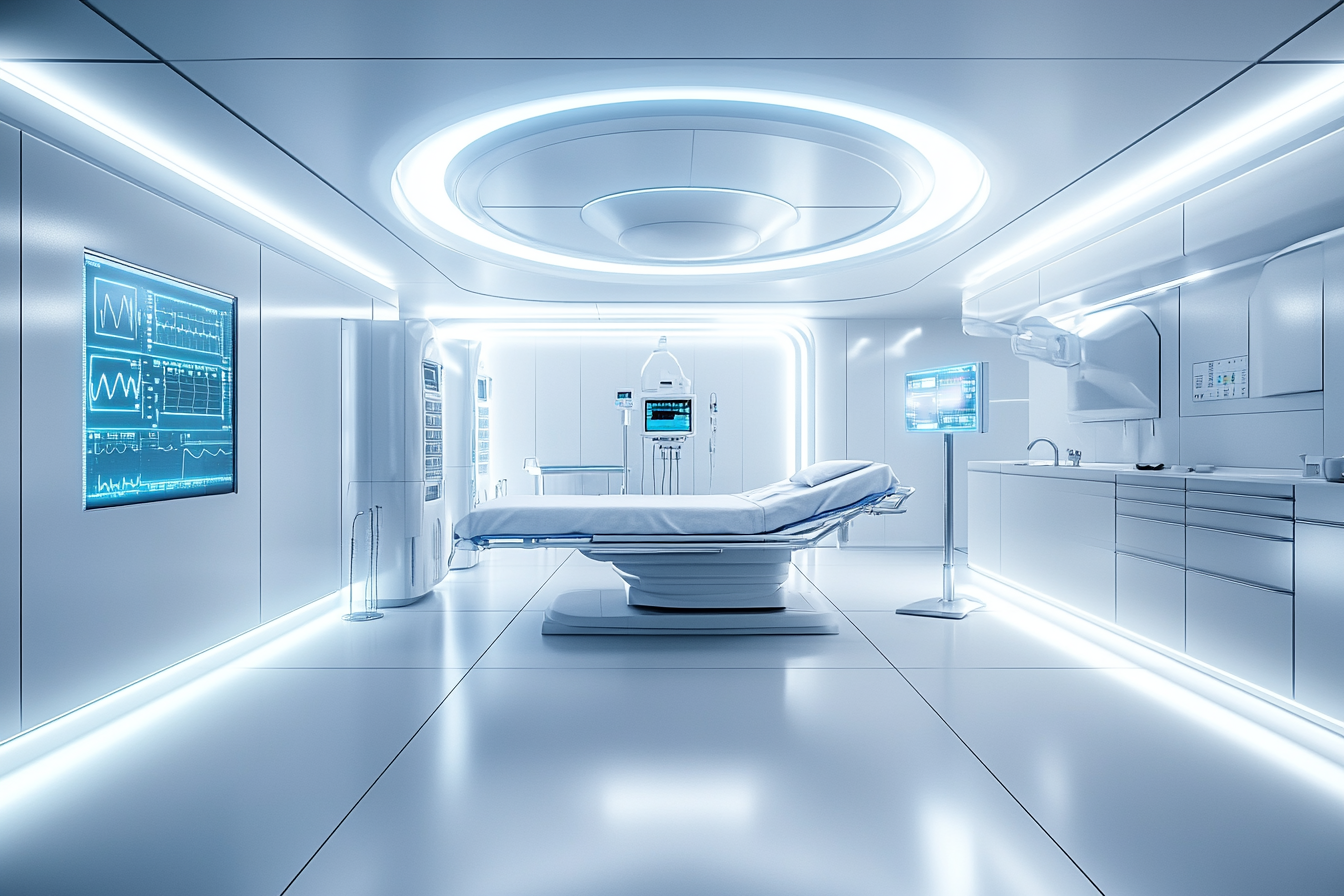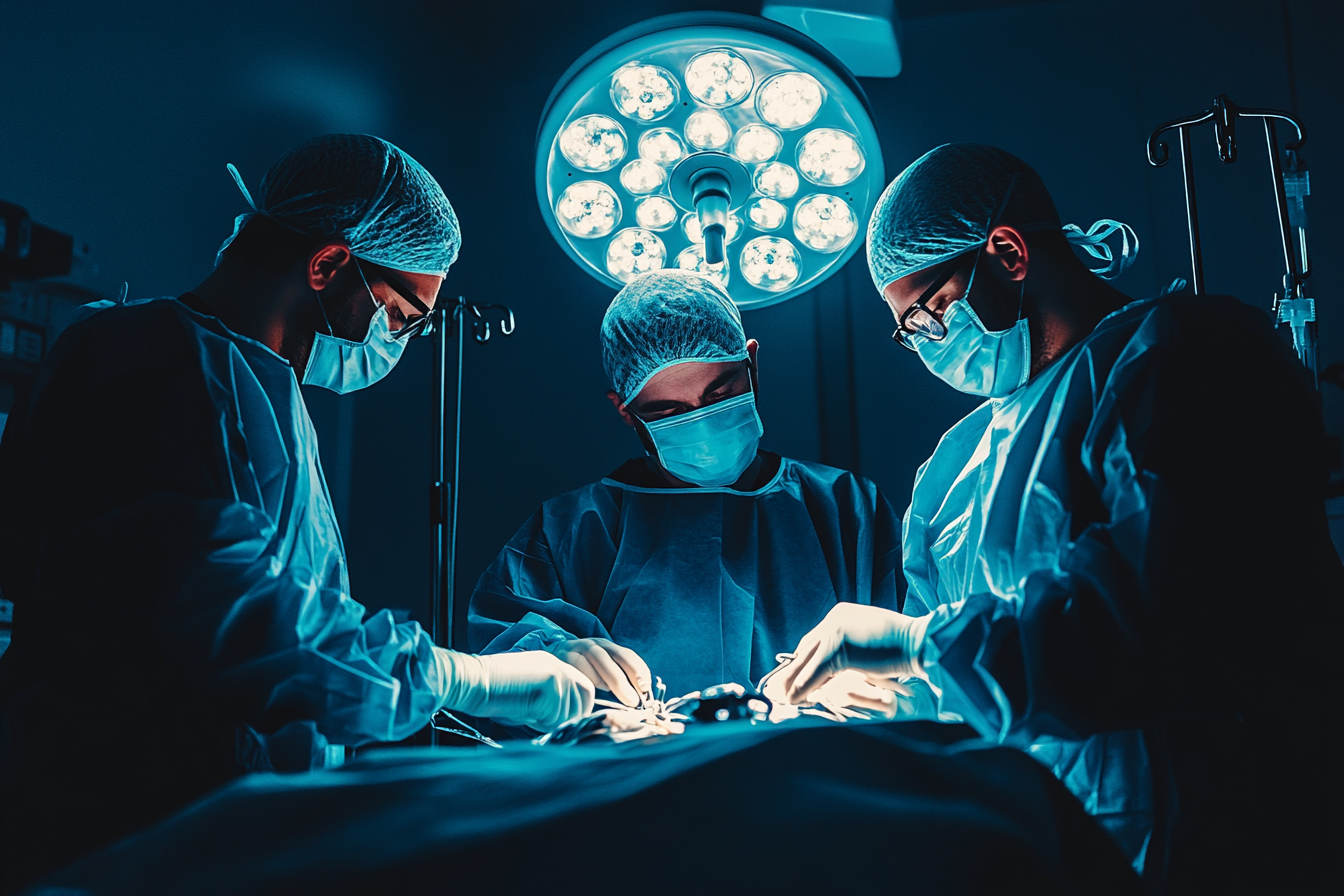The term “multimodal artificial intelligence” is becoming increasingly common, but what does it actually mean, and why is it considered a game-changer in surgical AI?
Far beyond a technical buzzword, multimodality represents a new level of cognitive ability for AI systems, one that mirrors how humans understand the world by combining multiple types of information simultaneously.
What is Multimodal AI?
While most AI systems process only one type of input (e.g., text or images), multimodal AI can interpret multiple data streams at once, such as live video, voice commands, written notes, instrument tracking, and patient context.
This means the system not only “sees” what’s happening, but also listens, analyzes, and understands, all in real time.
Application in the OR
In practice, multimodal AI can:
- Identify tools and anatomy in laparoscopic video
- Recognize voice commands and respond contextually
- Cross-reference patient data with procedural steps
- Suggest next actions based on thousands of previous cases
- Adapt to each surgeon’s style over time
Think of it as an intelligent assistant that doesn’t just hear, it understands and anticipates.
Why It Changes Everything
Multimodal AI mimics human decision-making by combining visual, auditory, and contextual information into one intelligent response. This makes it ideal for high-stakes, complex environments like the OR.
These systems also tend to be more accurate, more flexible, and more adaptable than single-input models. They don’t just analyze data, they connect meaning across it.
Challenges of Building Multimodal Systems
Despite its promise, true multimodal AI is hard to build. It requires:
- Training on diverse, high-quality datasets
- Synchronizing input streams (voice, video, text)
- Filtering noise and distractions
- Seamless integration into surgical workflows
At DeepSurg, we believe the future of intelligent surgery is naturally multimodal, and we’re building our Copilot with that future in mind.
Multimodal AI marks the next leap in intelligent systems, more sensitive, more adaptive, and far more valuable in clinical environments. In surgery, it has the power to turn data into decisions, and decisions into safer, more consistent outcomes.



